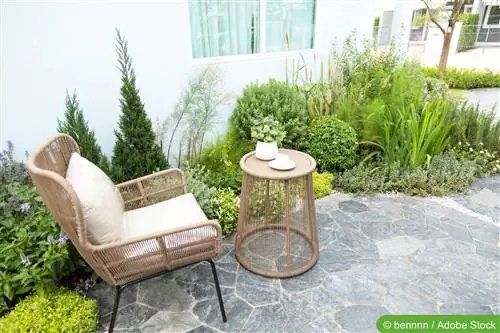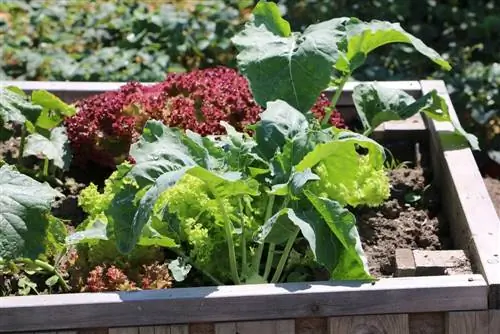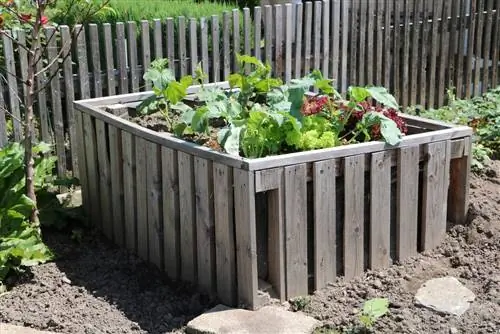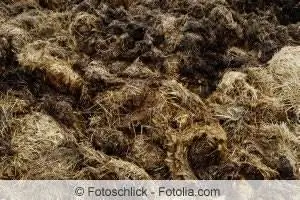- Author admin [email protected].
- Public 2023-12-17 03:39.
- Last modified 2025-06-01 06:48.
When the construction of a terrace is completed, many owners think about how they can make it look even better. Smaller or larger beds are particularly suitable here. The idea of planting shrubs in the bed that can serve as a privacy screen is also very nice - and practical. However, patience is usually required here because the hedges don't grow in a few days. However, if you have the patience, you will have an airy, pleasant privacy screen.
Creating a bed
Before anything can be planted, a bed must be created. Sometimes a lawn area has to be dug up; when building a house, you should think beforehand about whether you want a bed or not and leave the corresponding area free. The best way is to stretch a string around the piece of bed next to which the earth is also pressed down as a marker. Alternatively, you could use stones as additional markings or something similar.
In order to be able to insert plants, the soil in the bed must first be loosened so that the insertion itself is easier and the plants do not suffer any damage. In addition to the “simple” flower bed, there is also the option of making the bed more visually complex, such as a raised bed, stepped bed or even a stone bed or sloped bed. There are no limits to creativity here. For stepped beds and stone beds, in addition to the flowers, stones are of course also needed for bordering. Creating a stepped bed is also a little more difficult because (as the name suggests) you work on different levels.
The choice of plants
After creating the bed comes the busiest but also most rewarding part of the work: planting the plants. Here the gardener should have thought in advance about which flowers he would like in his bed, how it should be designed in color and what the possible flowering times are. If you are a beginner in the field, you can get information about the plants you want on the Internet or from a garden professional.
You should also pay attention to the type of soil before planting: Not every green tolerates every soil. Whether sandy, loamy or nutrient-rich - the soil limits the choice of plants.
There are again no limits to the we alth of ideas here: whether you only want plants of one type (grasses, perennials, bushes, flowering plants, trees), whether you want something in the truest sense of the word across the bed or alternating flowers - in principle and With the right instructions anything is possible. But the bed owner should be clear about one thing: the more complex the “effects” of the bed, the more work it requires.
“Evergreens”
As with all hobbies, there are plants in gardening that are recommended for beginners. And plants that never really go out of style.
The classics in the flowerbed are of course, especially in spring, tulips, hyacinths (which spread a particularly pleasant scent), daffodils or crocuses, which all belong to the type of so-called bulb flowers. Bulb flowers are planted in the bed the previous year so that they will bloom in the spring.
Chrysanthemums and dahlias are also always welcome in beds (even in “normal ones”) because they have beautiful flowers.
Ground cover plants are always popular greenery to visually hide annoying gaps. Asters, ivy, fairy flowers, bamboo, but also various types of low-growing roses are particularly popular here.
Ornamental grasses always complete the look. The so-called miscanthus (also called bamboo, although there are many different types) is particularly well known here, but also pampas grass.
A little note on the side: Perennials and grasses can often be combined very harmoniously with each other.
Planning is particularly important when creating a bed. Because once the flowers or bushes or whatever has been selected are planted, it is usually too late to change the decision. This is particularly annoying if a lot of money has been invested, because plants can be very expensive.
For beginners, it is always advisable to check what options are available before creating the bed and to seek advice from an expert. He can say exactly which plants grow well in which soil and a good landscape gardener also provides assistance with the color combination of different (flowering) plants.






